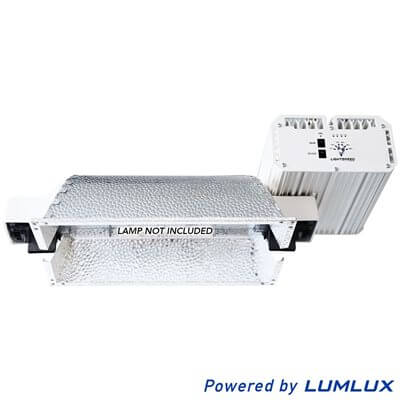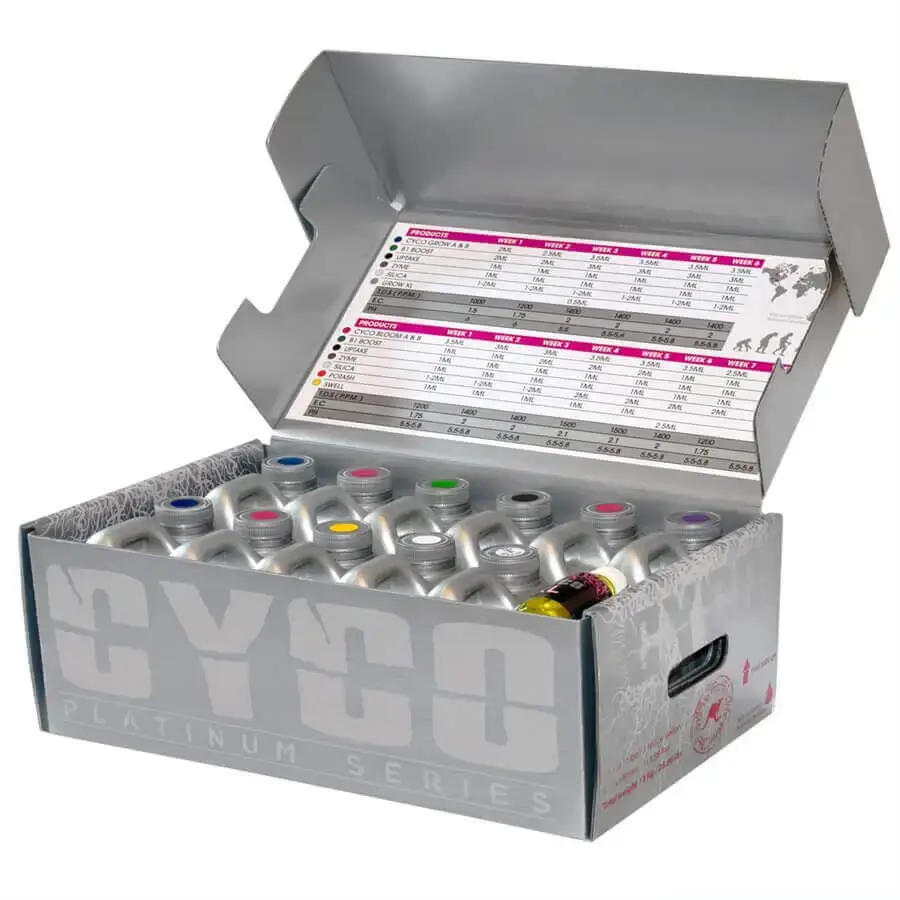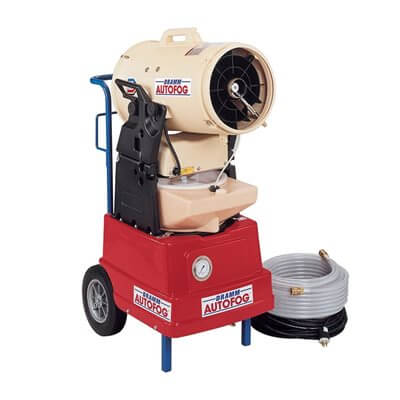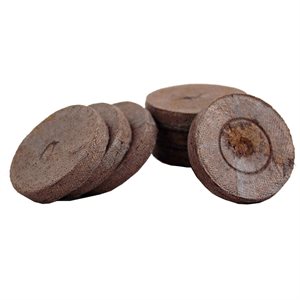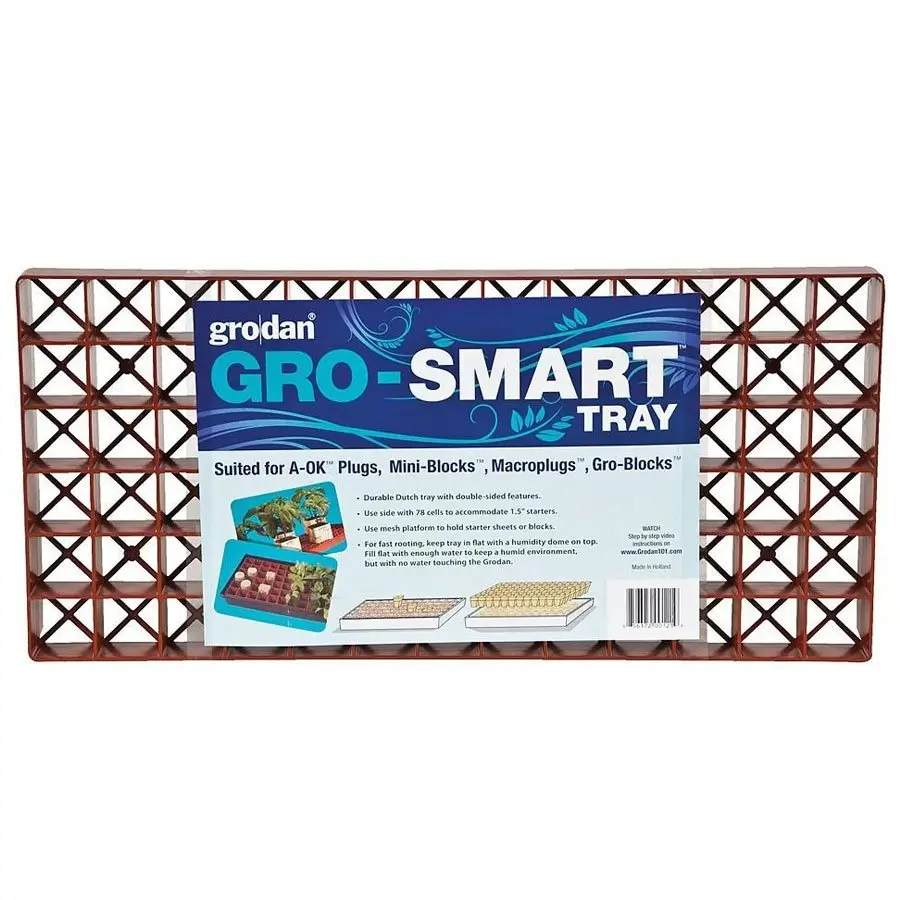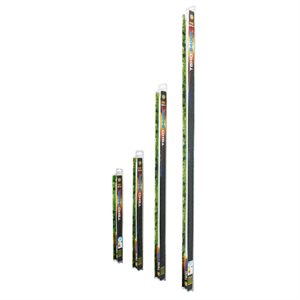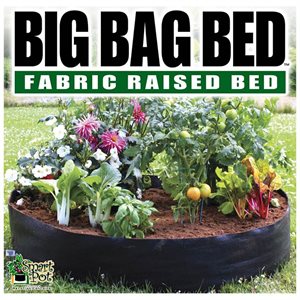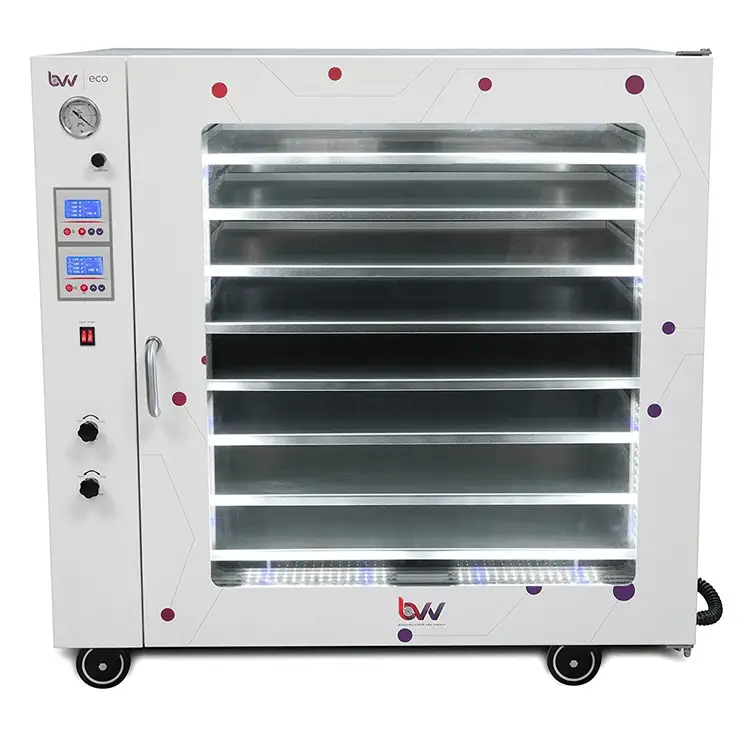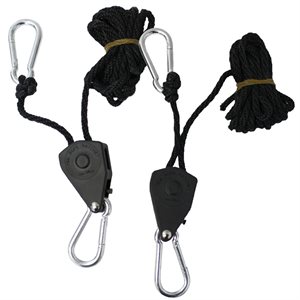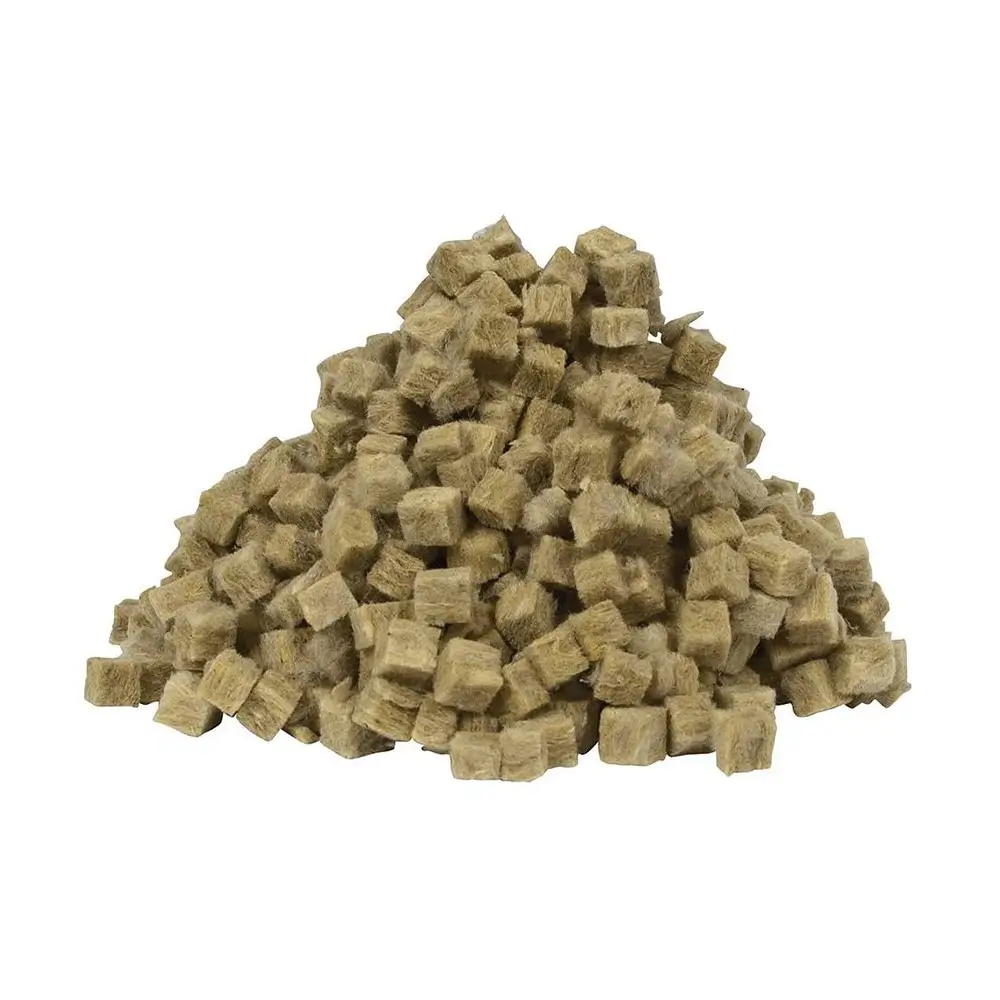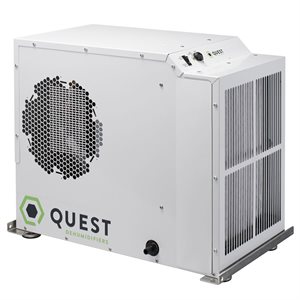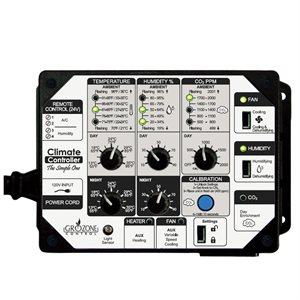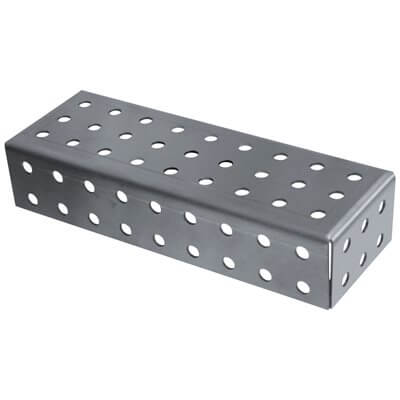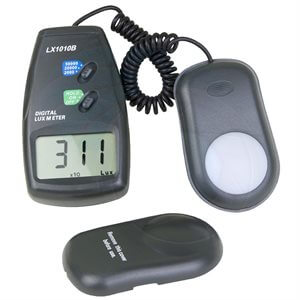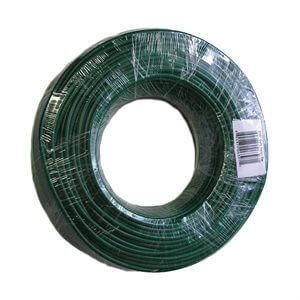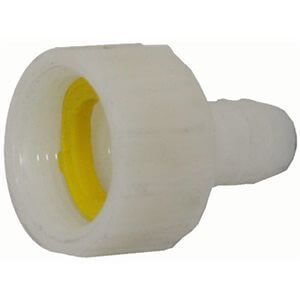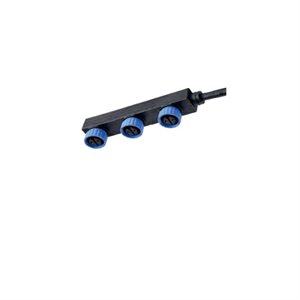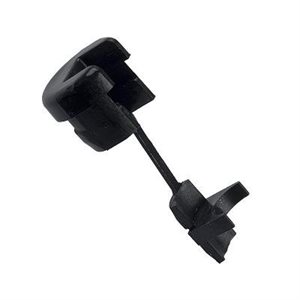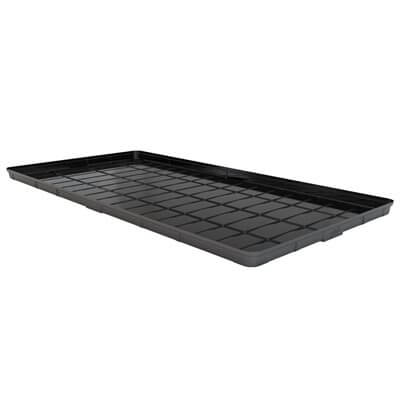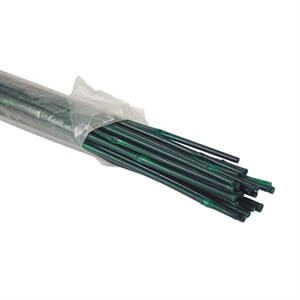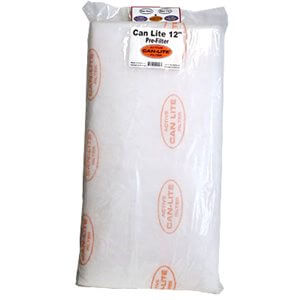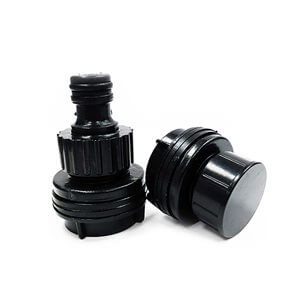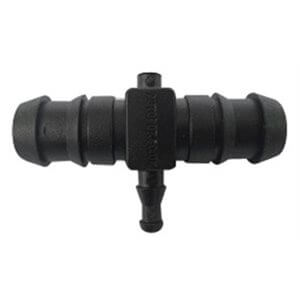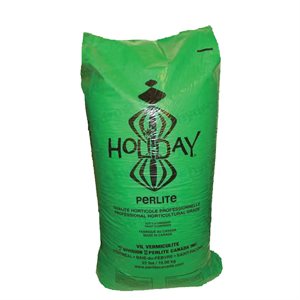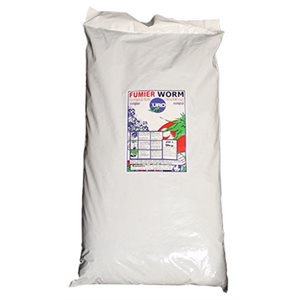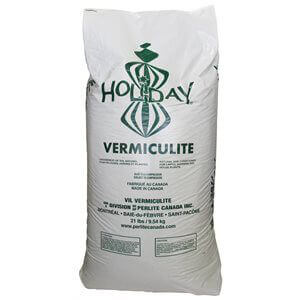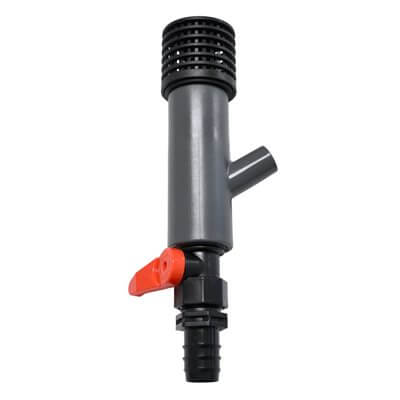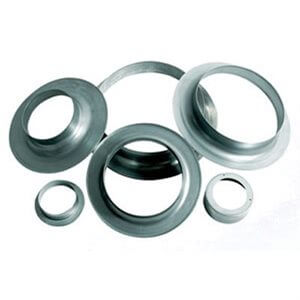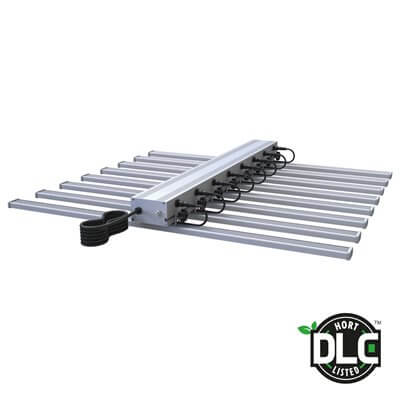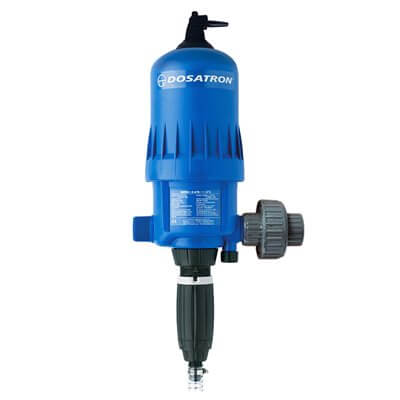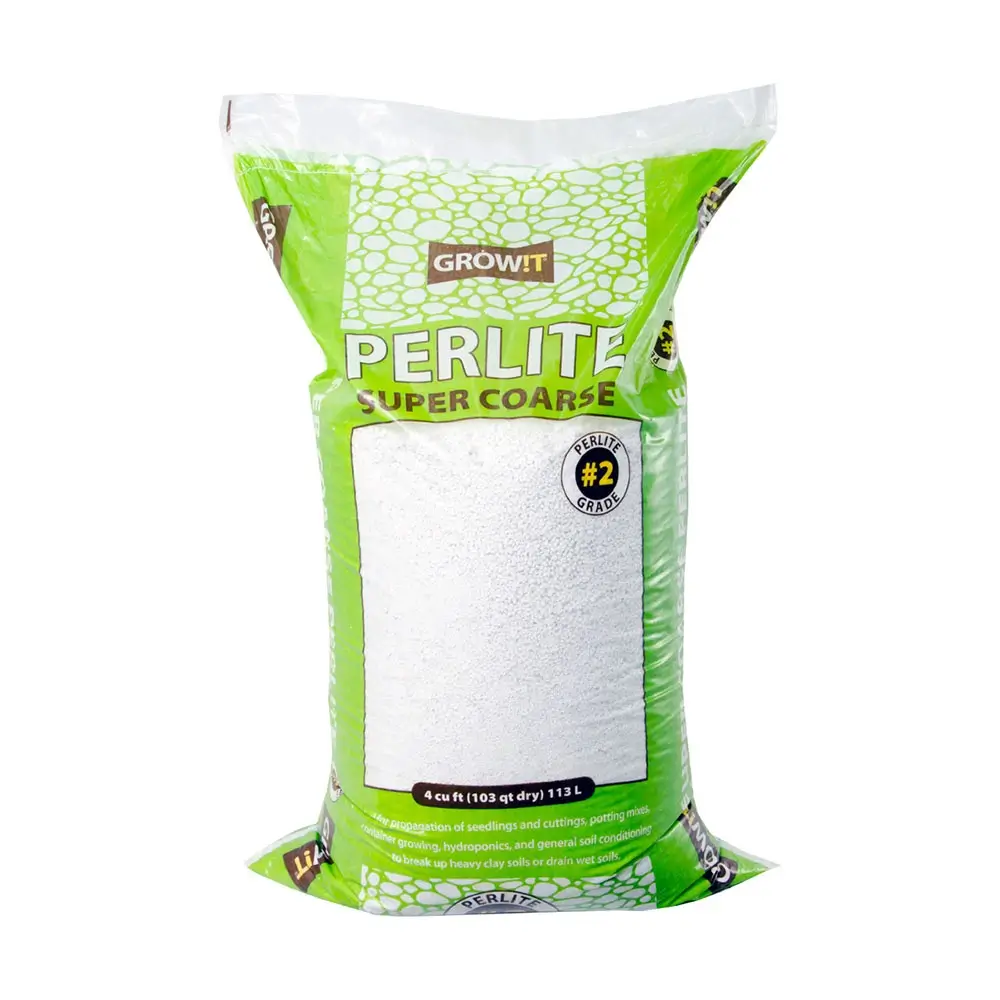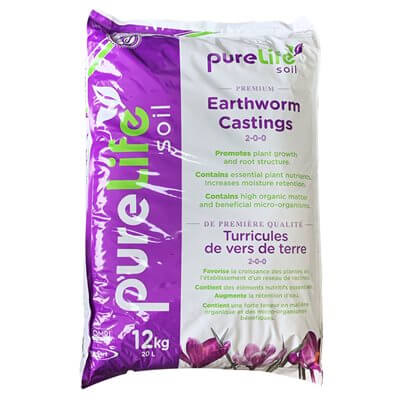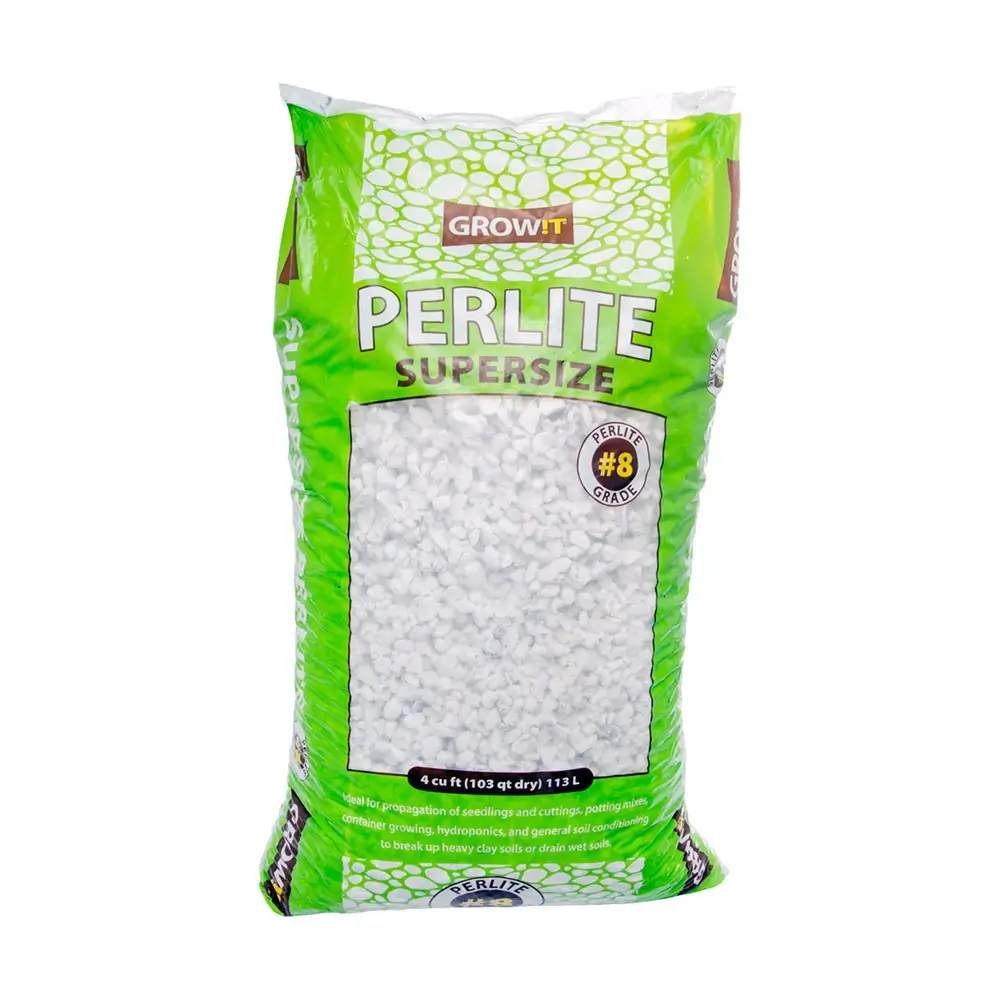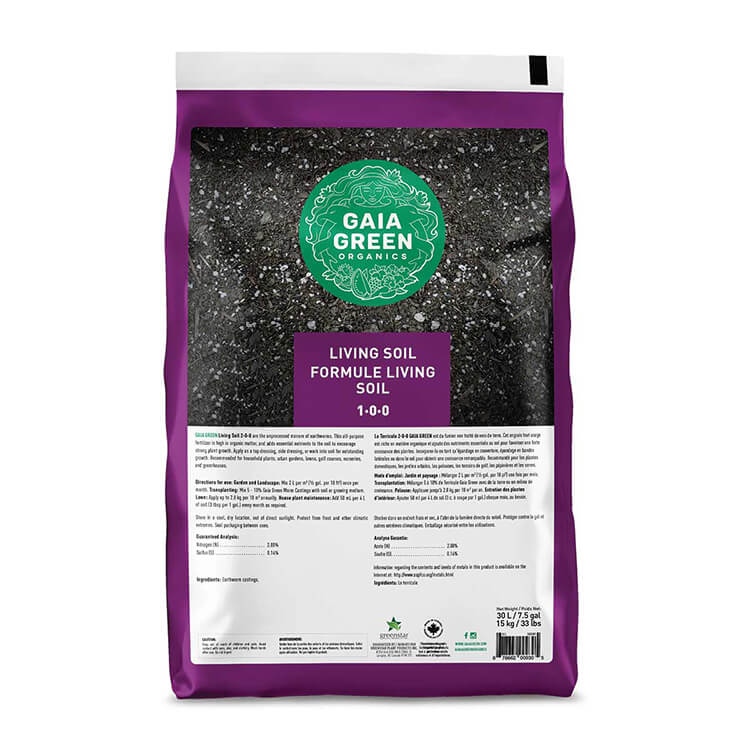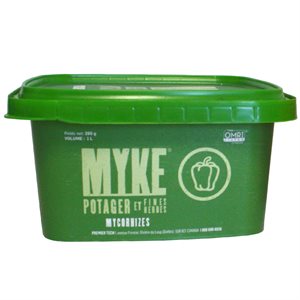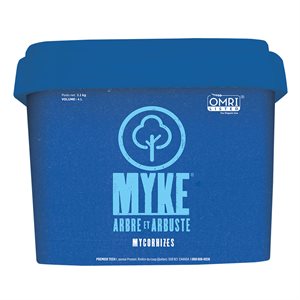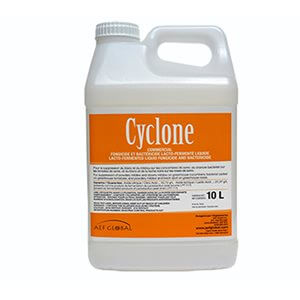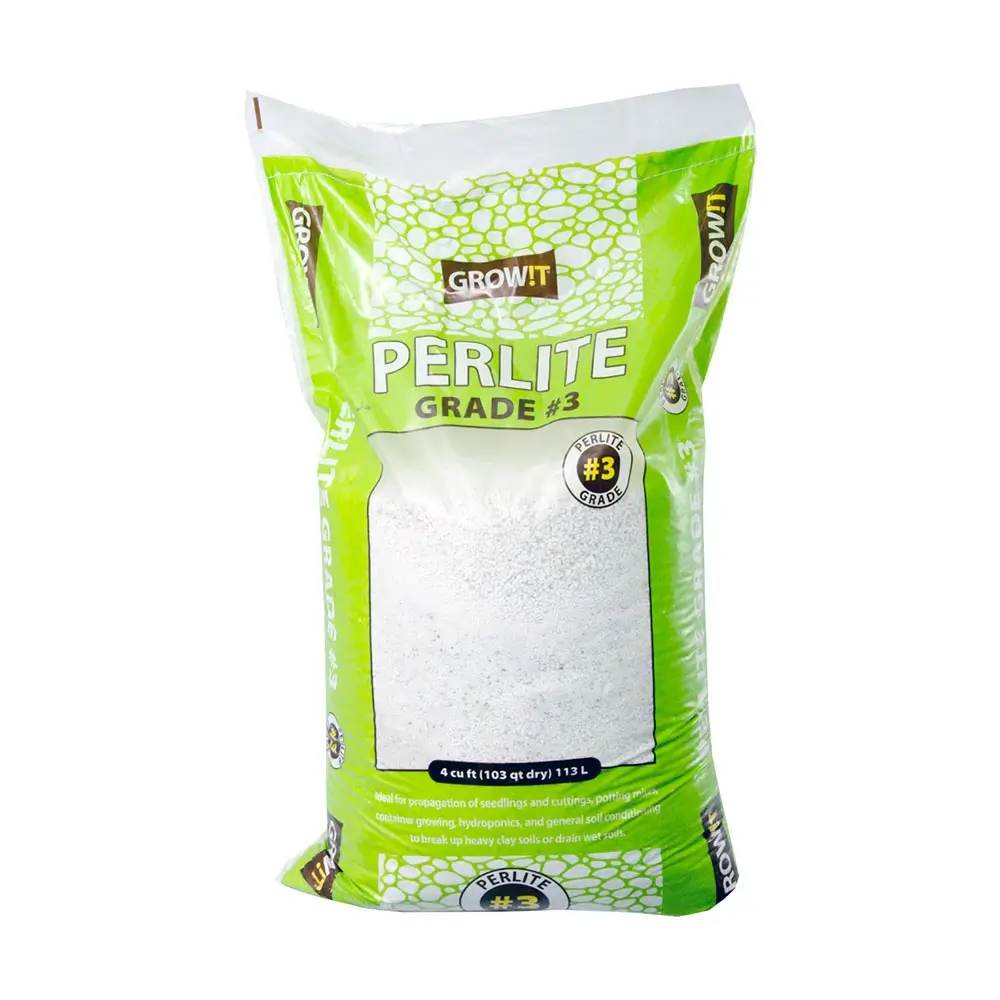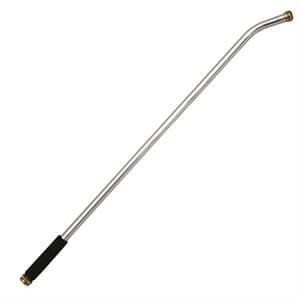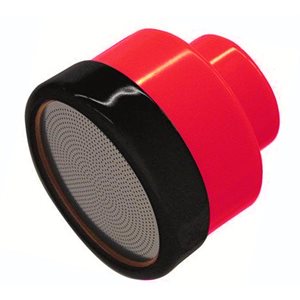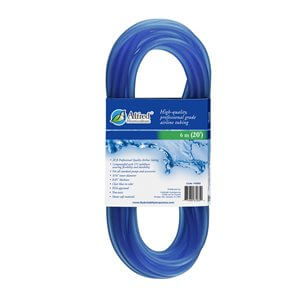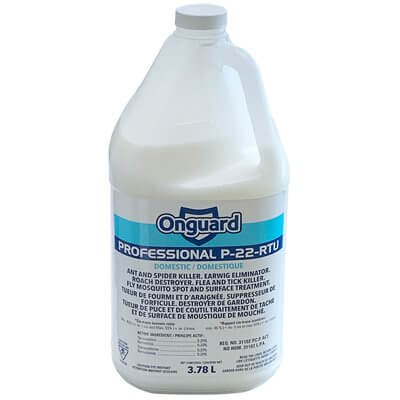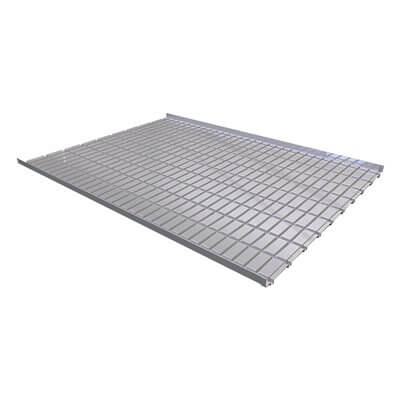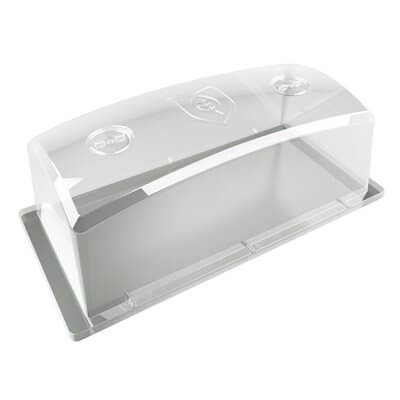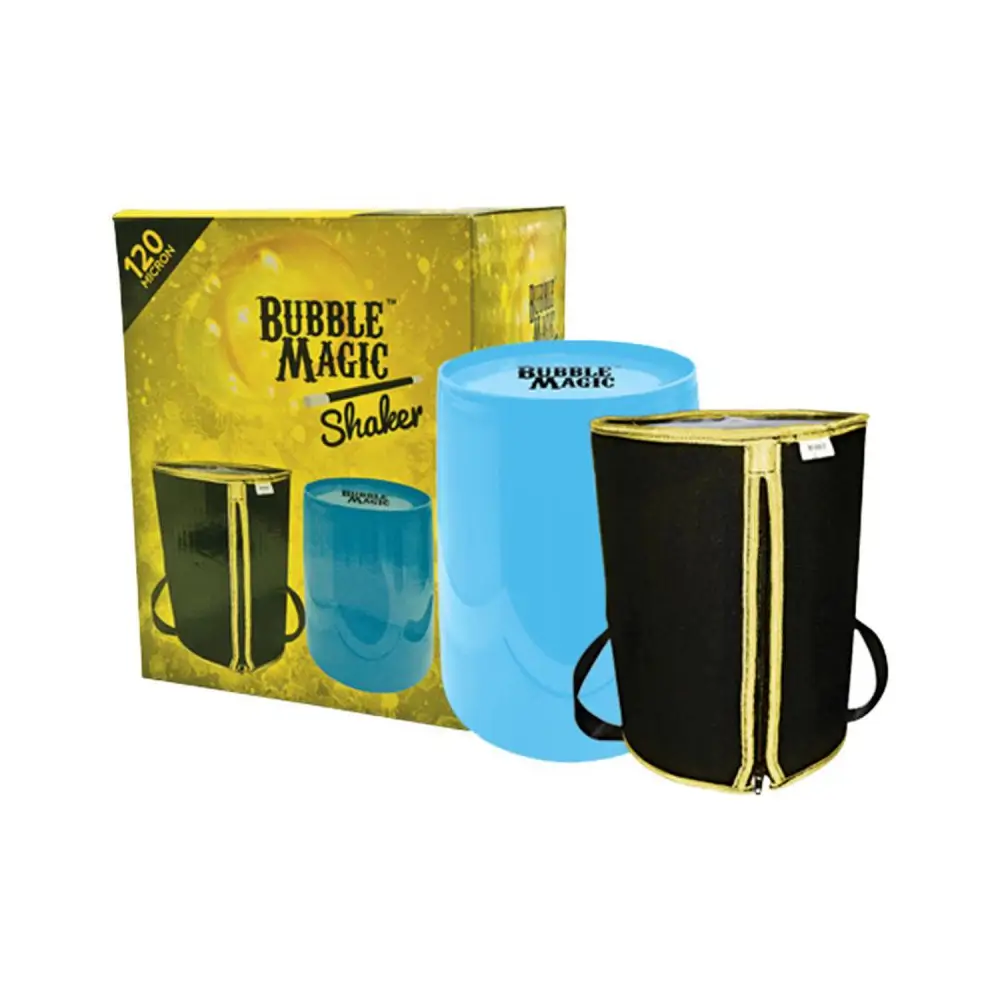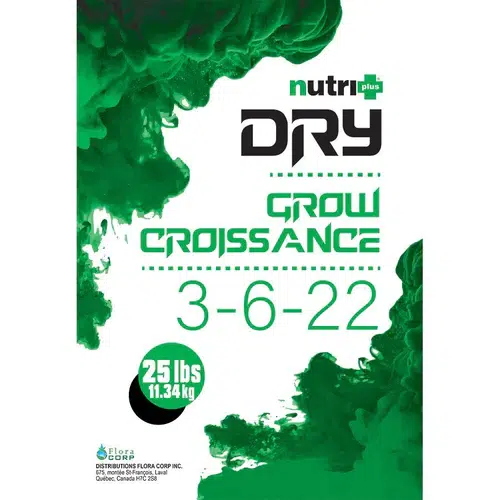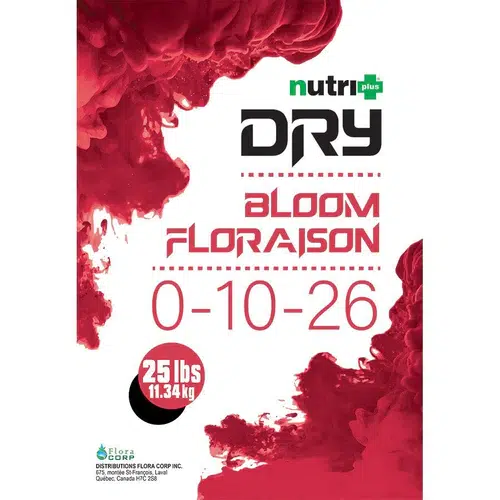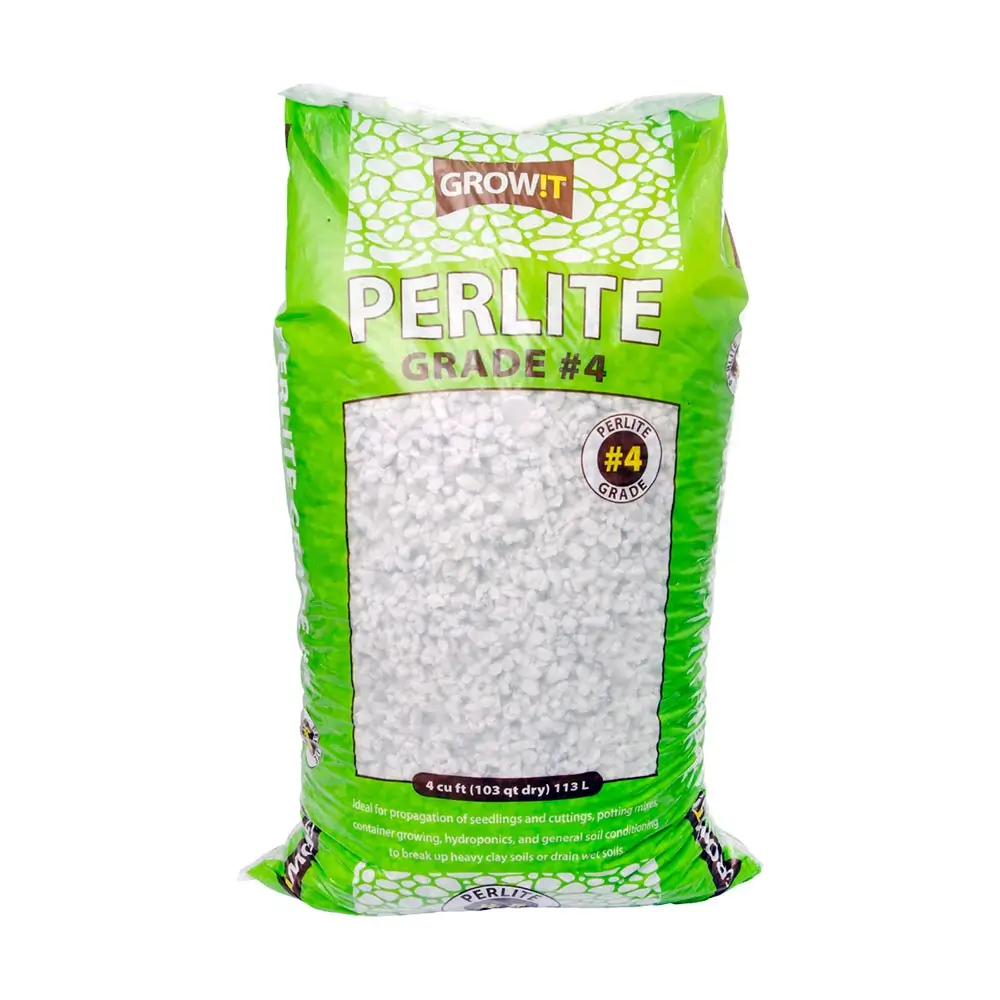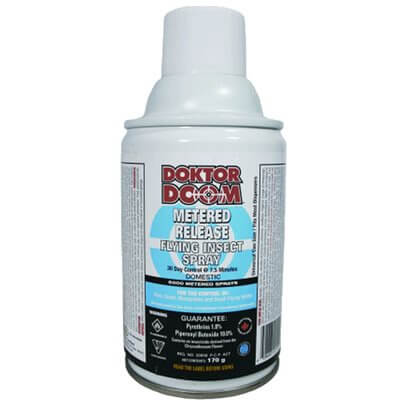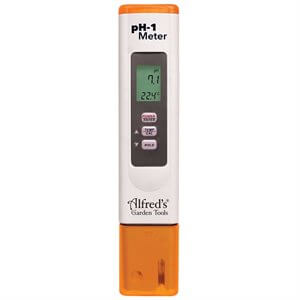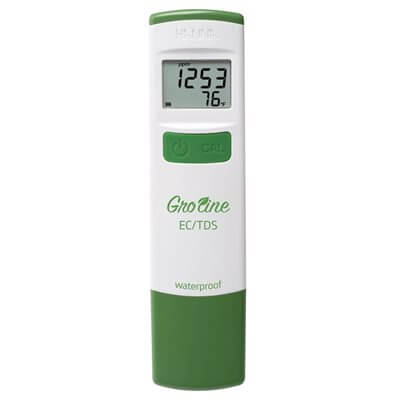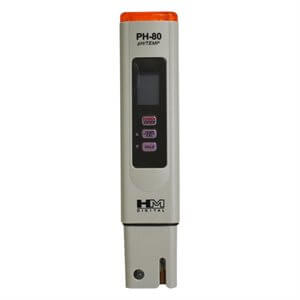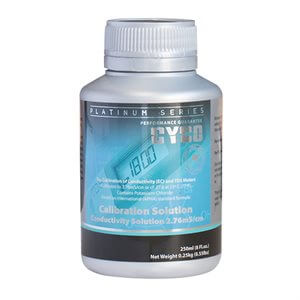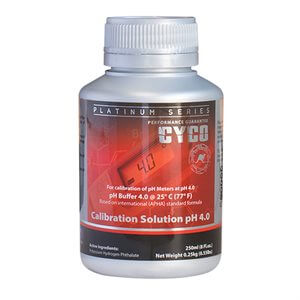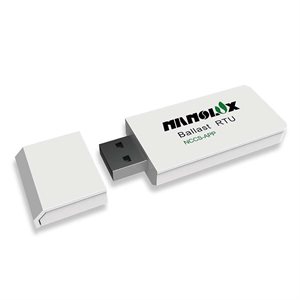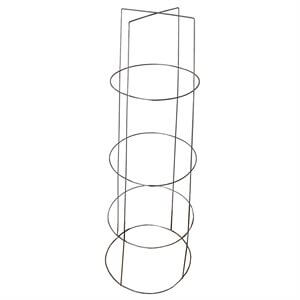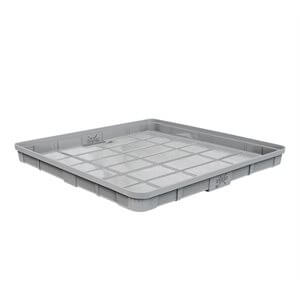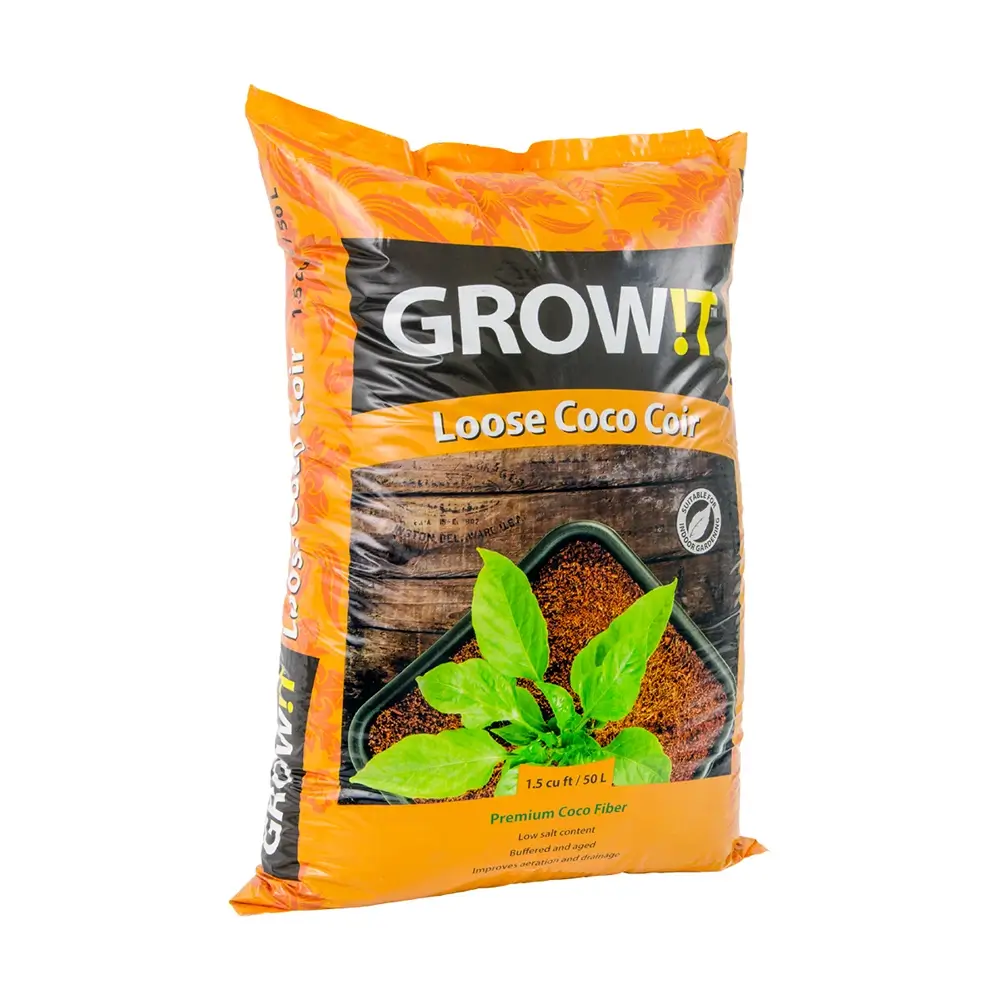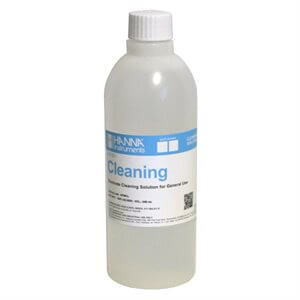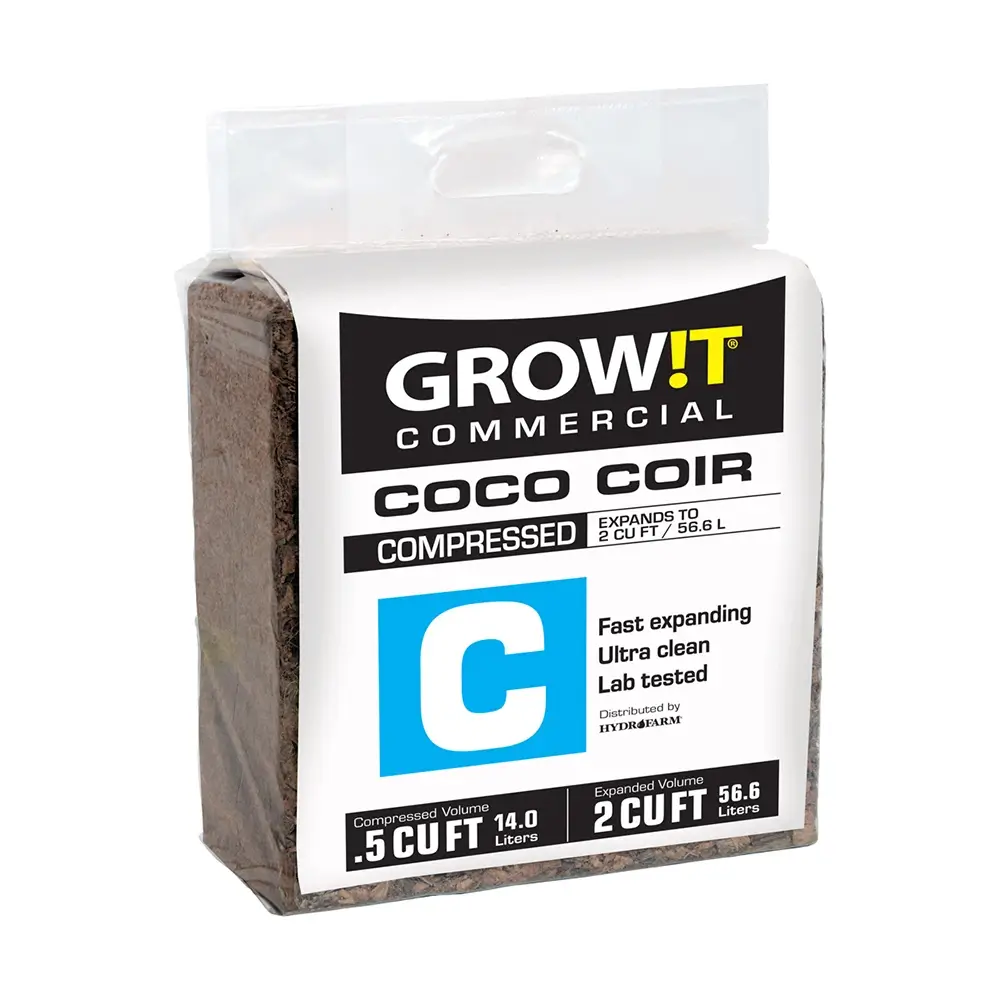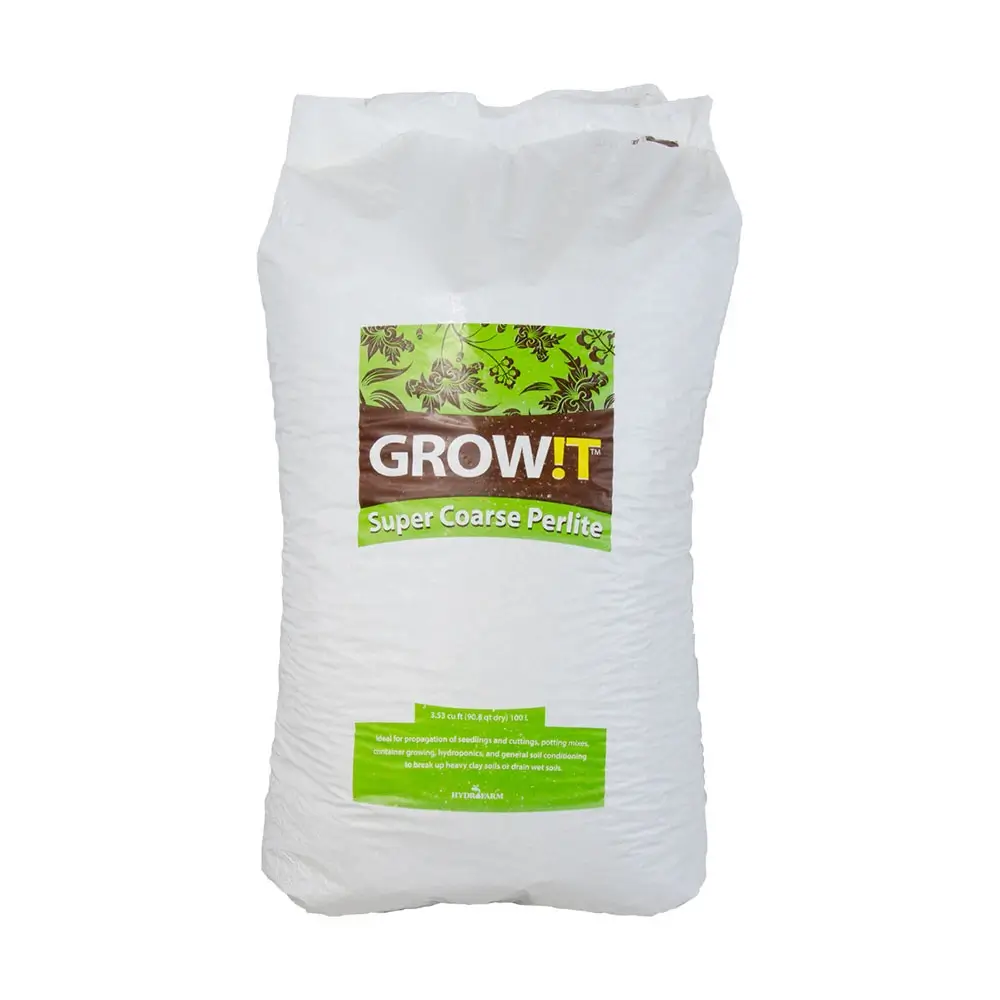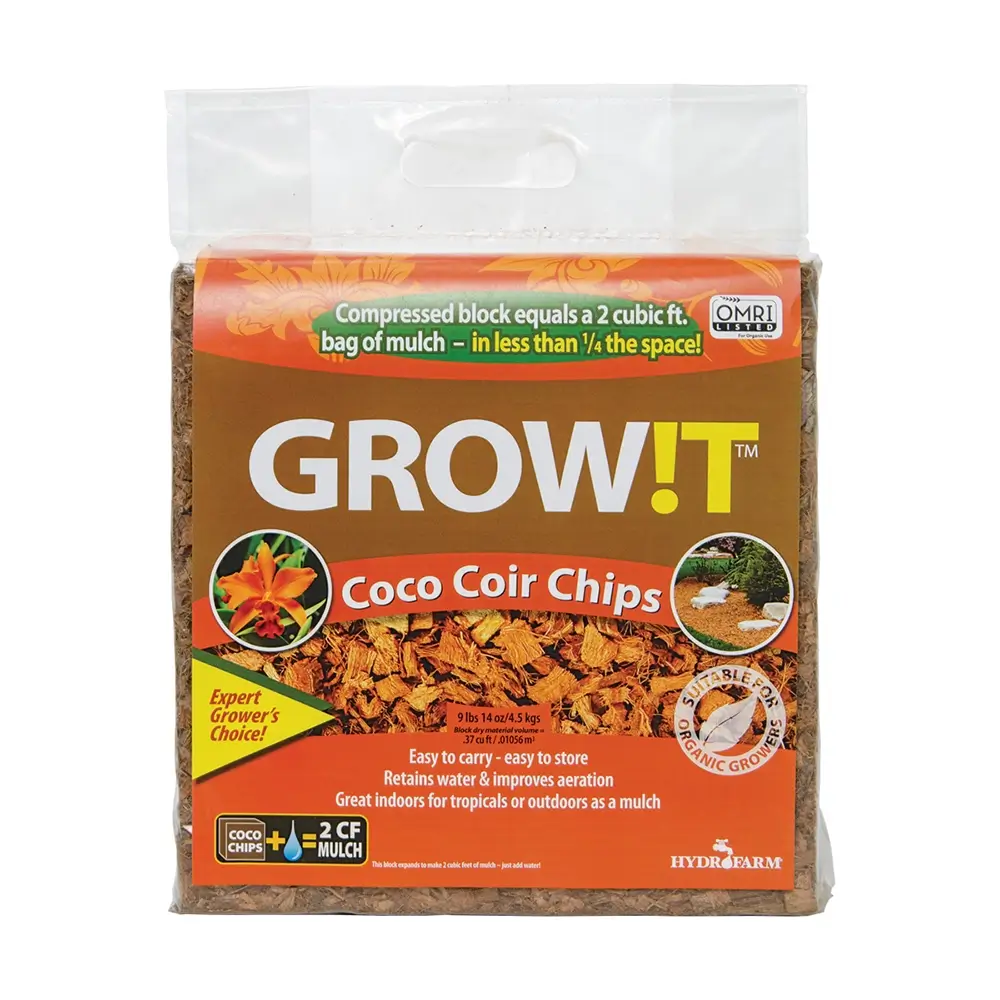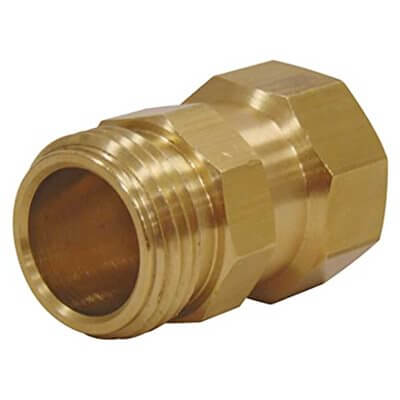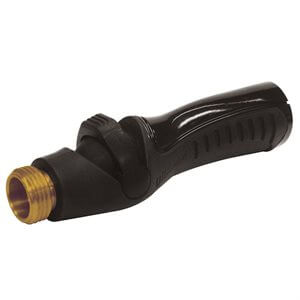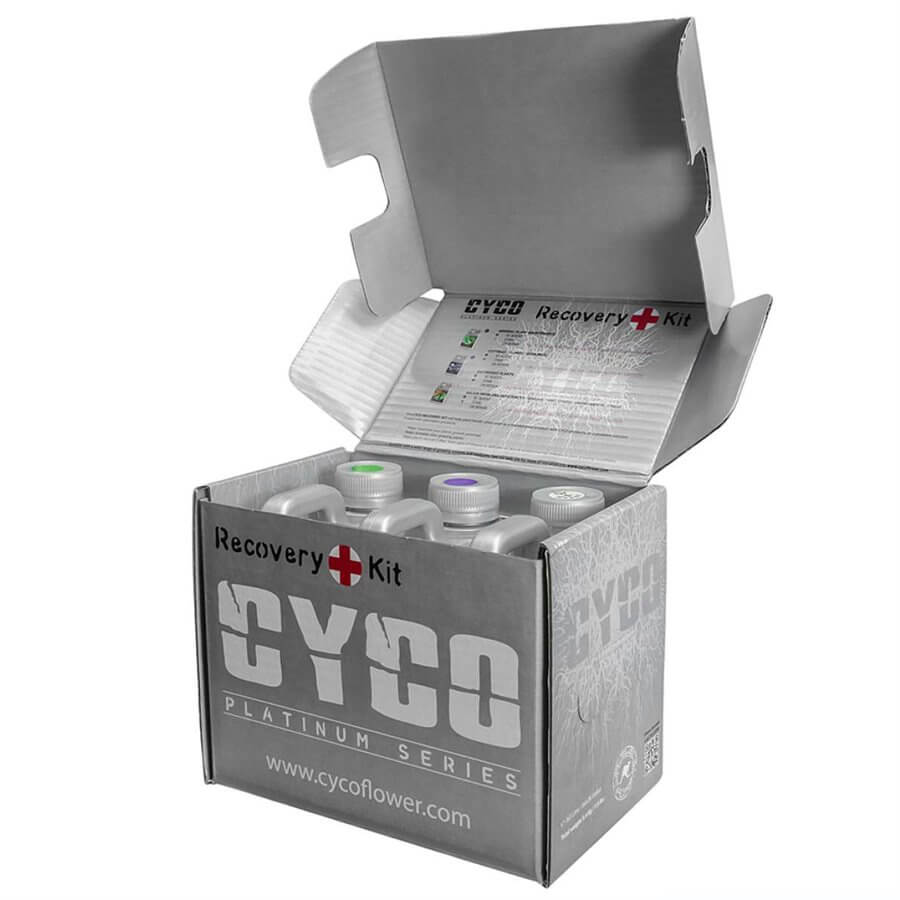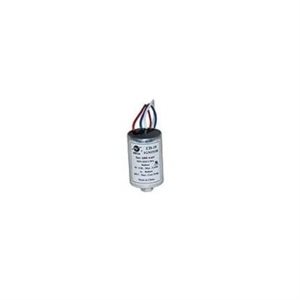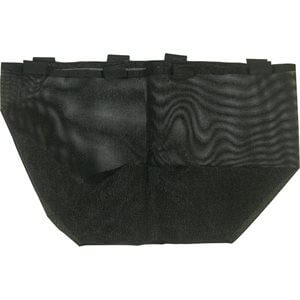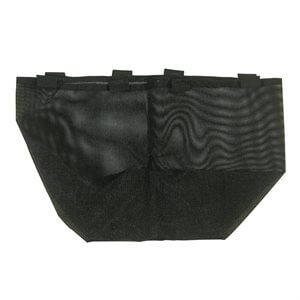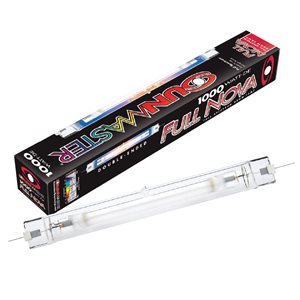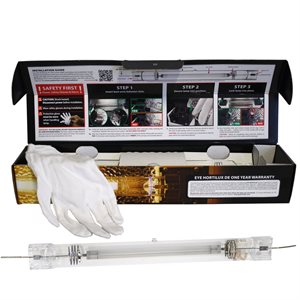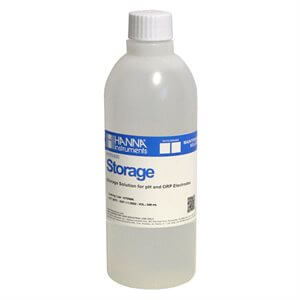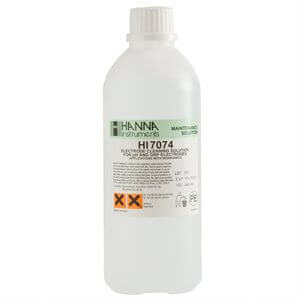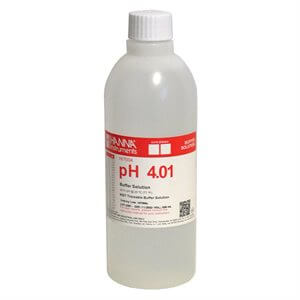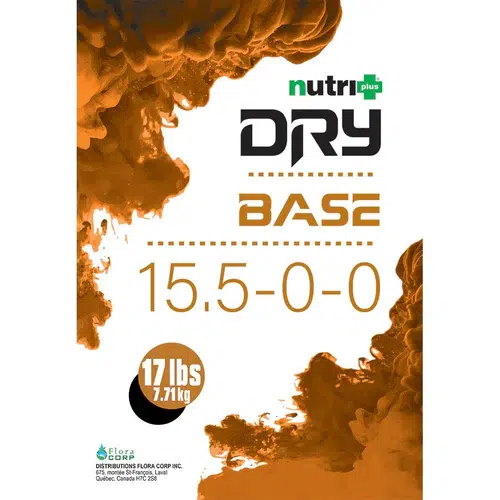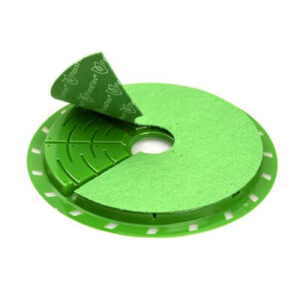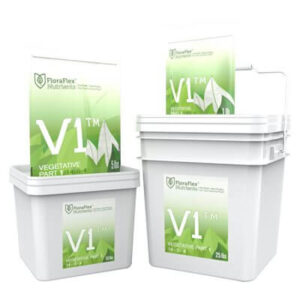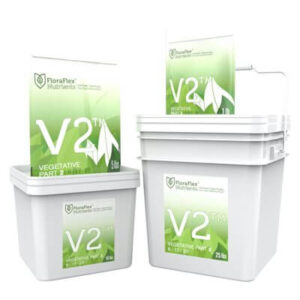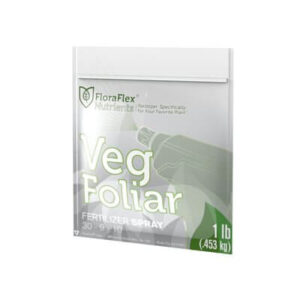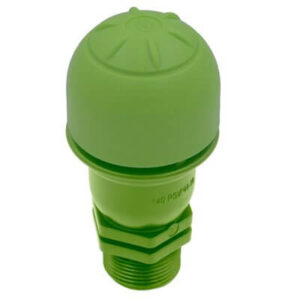Everything You Need to Know to Get StartedReady to Grow with Rockwool?

About 9% of Canadians cultivate cannabis at home. That’s more than three and a half million people.
There are a rising number of media alternatives for consumers who want to go cannabis at home. One of those options is rockwool.
You may sometimes hear growers call rockwool “stonewool.” It’s a highly effective planting medium that promotes vigorous growth.
Continue reading to learn all you need to understand about growing cannabis with rockwool.
What Is Rockwool?
Rockwool is a man-made growing medium. Manufacturers make it by melting basalt rock and limestone together.
The mixture results in lava that manufacturers spin into fibers. They’ll then add a binder and compress the compound into mats.
Manufacturers then cut the mats into other products. Further rockwool options formats include:
Manufacturers originally made rockwool for use as insulation. They changed the production process slightly for growing plants. Rockwool manufacturers use special equipment that varies the fiber configuration for various plant phases when producing horticultural rockwool.
The mineral oil in rockwool repels water. Manufacturers add a wetting agent that makes rockwool water-absorbent as a result.
This feature, along with abundant air pockets, allows for uniform wetting. It also enables drainage. Agricultural rockwool never loses its capability to take up moisture.
Benefits of Rockwool
The biggest benefit of rockwool is that its substrate is inert. You have complete control of the nutrient balance with rockwool.
You can dial in your feeding regimen precisely as a result. You don’t have to worry about unusual irregularities that come up when growing using soil.
Rockwool is versatile. Growers use rockwool to grow a variety of things, like herbs, flowers—and cannabis.
It comes in many sizes and forms. You can also transplant it into other media.
Pros and Cons of Growing With Rockwool
Rockwool doesn’t have harmful chemicals, so it’s safe as a growing medium and substrate material for planting. However, it’s harmful to humans and can cause irritation to the eyes, skin, and lungs.
This growing medium is also sterile. It doesn’t have weeds, pests, or pathogens. At the same time, it doesn’t have nutrients and requires a balanced and complete solution to meet the needs of cannabis plants.
Rockwool does an excellent job of retaining moisture. Still, it drains excess water fast. At the same time, it’s easy to overwater plants rooted in rockwool.
Also, rockwool is reusable. It doesn’t get old or break down. This same trait, however, makes it environmentally unfriendly for landfills when it comes to rockwool disposal.
Rockwool Safety
You can work with rockwool safely with a few tips. Make sure not to inhale the rockwool fibers.
Wear a mask when working with the cubes. You should also make sure to wet the cubes during the first stage of handling to minimize dust.
Rockwool vs Soil: Which Is Better?
Most people likely think of soil when they consider mediums for growing cannabis. It’s a traditional medium for cultivation.
Hydroponics, however, expand your options when it comes to planting mediums. In fact, soil isn’t an ideal choice for any kind of hydroponics setup.
Soil isn’t inert. It’s difficult to measure and maintain a hydroponic grow farm using soil.
You must account for changes in the soil’s nutrient levels and pH. Rockwool growing mediums are more attractive for hydroponics for this reason.
Rockwool vs Coco Coir: Which Is Better?
Coco coir is a more exotic growing medium. Growers use it for a wide range of crops.
Manufacturers make coco coir using mainly ground-up coconut husks. It protects fragile seeds as they germinate, and you can use it with a wide range of plants.
However, coco coir can have toxic levels of salt depending on where manufacturers source the coconut husks. Excess salt in coco coir growing mediums can lead to a catastrophic outcome for your cannabis crop if it’s not tested and treated accordingly.
Can You Clean and Reuse Rockwool?
Some growers dislike rockwool because it doesn’t degrade. Other growers, however, like it for this reason. You can reuse rockwool over and over because it takes a long time for it to degrade.
However, you can’t use hot water to sterilize rockwool. There are two ways that you can ready rockwool for reuse.
Your first option is to rotate your crop. The other choice is to allow the rockwool to dry completely before using it again. All potential fungi and pests will die when you let rockwool dry completely.
Still, the remaining roots create a medium that’s no longer 100% inert. This risk is too high for commercial growers. You must decide for yourself whether you want to reuse rockwool if you’re a home grower.
Rockwool Formats
Again, manufacturers use the natural ingredients basalt rock and limestone to create rockwool. They heat the ingredients to 1,600 degrees Celsius to create lava.
They then blow it into the spinning chamber. The spinning chamber pulls the lava into fibers. The process looks much like someone making cotton candy.
Manufacturers compress the fibers into a mat. They can now cut the mats into other formats, such as slabs and cubes. Manufacturers also produce rockwool granules using bales of uncompressed rockwool fibers.
The firing process needed to create rockwool renders it chemically and biologically inert. It’s an ideal medium for hydroponics as a result.
Let’s have a closer look at various rockwool formats.
Rockwool Cubes
It’s pleasant to work with rockwool cubes. Manufacturers wrap them in plastic sleeves. Also, they have great accessories like the FloraFlex Matrix Circulator that enables you to deliver water evenly.
They usually have a notch on the bottom of the cube. The notch allows drainage, even on flat surfaces.
Manufacturers also orient the fibers of rockwool cubes vertically. They drain quickly as a result.
You should start with smaller cubes and work your way up when growing plants. You can stack two-inch cubes on four- or six-inch cubes after your plants have developed strong root systems.
Rockwool Plugs
Rockwool plugs have a slightly higher pH. They’re also shallower and have a smaller base compared to cubes. They’re less balanced and require crates in the trays to stabilize them.
Also, algae grow faster on plugs compared to cubes. In addition, plugs don’t allow as much room as cubes for root growth.
Ultimately, cubes are more beginner-friendly compared to plugs. They don’t fall over and have more space to allow cannabis clones to grow out their roots. Still, rockwool starter plugs are ideal for planting seeds.
Rockwool Slabs
Rockwool slabs typically have horizontal fibers. They drain slower as a result. This design encourages the development of roots and lateral movement.
Slabs are usually the same height as cubes. They’re just longer and wider.
You can place your plants on a plastic wrap rockwool slab after they become well-established in cubes. You must ensure that there are spots cut out in the wrap to allow the roots to contact the slab and grow into it.
Rockwool Blocks
Growers use rockwool blocks for direct sowing. You can root or sprout using smaller blocks.
You can then transplant them to larger rockwool blocks. The roots will eventually become exposed as the plants root themselves into the larger block.
Manufacturers individually wrap rockwool blocks using UV-resistant white plastic on all sides. They also produce them with convenient tear-away strips. Some manufacturers even offer purpose designed rockwool block covers that fits over the block and simplifies top-feeding.
Rockwool Mats
Rockwool mats are a viable growing media for many things. They have a uniform density. Mats have a consistent structure as a result.
This construction allows for uniform moisture throughout the product. It also results in even crop growth. Mats also make germination fast and easy.
COAST2COAST Recommended
The FloraFlex FloraCap is a patent pending revolutionary tool for top feeding that also helps eliminate algae. The FloraCap® 2.0 was redesigned to give you a more consistent flow rate, even distribution, a slightly increased air flow, and improved stabilization.
Place the FloraCap on top of your rockwool cubes, maximizing your space in the vegetative cycle. Fill the cap with water and nutrients by hand or automate with FloraClips.
Each cap features 26 flower designed louvers that deliver water, nutrients, and air to the medium while blocking light.
The FloraCap® strategically covers the top of the media allowing the root zones to dry at a more consistent rate and delivering the necessary oxygen your plants need to thrive. Algae disappears, healthy roots fill the medium, and blossoms multiply.
-
FloraFlex Round Matrix Pad (12pk)
$28.95 – $53.95 -
FloraFlex Veg Cycle V1
$18.95 – $306.95 -
FloraFlex Veg Cycle V2
$19.95 – $341.95 -
FloraFlex VEG Foliar Fertilizer Spray
$18.95 – $79.95 -
The FloraFlex Air Bleed Valve 2.0 3/4in
$12.95
How to Test pH in Rockwool
You must use a pH kit to test the water for your rockwool when germinating seeds. You’d begin by adding two or three drops of testing solution from your kit to a quart of water for your crop.
The water will usually turn green. This color indicates that the rockwool has a pH of seven to eight. Keep adding drops of lemon juice to the water until your test kit indicates the water has a pH between 5.5 and 6.5.
The water will damage the fibers of your rockwool if it has a pH of five or lower. Add more water if the pH of your rockwool goes below five. You can now stabilize your rockwool cubes by soaking them in the water for an hour.
Balancing Rockwool pH
The limestone manufacturers use to produce rockwool creates a naturally high pH. Plants don’t thrive with the pH at that level.
Rockwool itself has a neutral pH. You can adjust the pH of a new rockwool cube by soaking it in water.
Soak large-format rockwool for about 30 minutes just before you use it. You can soak small- and medium-format rockwool for about a minute.
These steps add time to the process. Still, many growers believe it’s worth the extra effort because rockwool produces a higher yield and costs less than other mediums.
Make sure to soak rockwool with a pH 5.5 solution until it’s fully saturated. Now you can flush it with a balanced nutrient solution. Plant the units in your grow system immediately.
How to Grow With Rockwool
One of the best ways to grow with rockwool is to continue stepping up the size of your media. You’d continue this process until your cannabis is ready for final transplant.
For example, you can start your seeds using rockwool plugs. You’d then transfer your established transplants to four-inch cubes.
You can then transfer them to larger format media once they’ve reached the vegetative stage. Your cannabis plants can remain in the large-format media until they’ve reached the blooming or harvest stage.

Pro Tips for Growing Cannabis With Rockwool
New rockwool media usually has a high pH of seven to eight. You can tweak the pH of rockwool with lemon juice.
Begin by preparing a solution of slightly acidic water with a pH of 5.5 to 6.5. Now add drops of lemon juice.
Use a pH test kit to reach the correct acidity. You can now soak your rockwool cubes in the solution for an hour.
Also, know when to sow your seeds. When your plants are two to three inches tall, you can transfer them to the next grow format.
Finally, water your mother plants well the night before cutting the stems. Remove a four-inch cut from the mother plant the next morning. You can now dip the end of the stem in rooting hormone or honey and place the 4-inch cutting into the rockwool with hydroponic nutrient solution.
Rockwool and Moisture
Rockwool grow media has a moist surface and a nutrient-rich solution. These traits make it the perfect place for algae to grow when it’s wet and has plenty of light.
Algae growth can also happen in nutrient tanks, input and output pipes, and other moist areas of your hydroponic system.
You can prevent algae growth by keeping light away from your rockwool and other wet areas. Cover it with plastic sheeting, shade covers, or other materials. You can also use FloraCap rockwool block covers to help prevent algae.
Where to Buy Rockwool in Canada?
When buying rockwool in Canada, look no further than Coast 2 Coast Canada Growing. We offer best-in-class supplies and equipment. We’re a trusted supplier for:
- Cannabis retailers
- Harvest processors
- Hydroponic growers
- Licensed producers
We serve growers across Canada and the US.
We’re more than a distributor. Coast 2 Coast Canada Growing is also a community that offers knowledge, tips, warnings, and hacks.
The staff behind our company is a group of knowledgeable, passionate horticulturists and veteran indoor growers. Our community is informative to anyone who wants to improve the performance of their harvests.
Get the Best Rockwool Grow Media Now
You now know everything you need to know to get started growing with rockwool. Coast 2 Coast Canada Growing is the best premium quality cannabis growing products and accessories from the most established brands.
We take great pride in offering the best prices around. We also have the lowest prices available.
Please feel free to browse our online shop for your growing needs.
